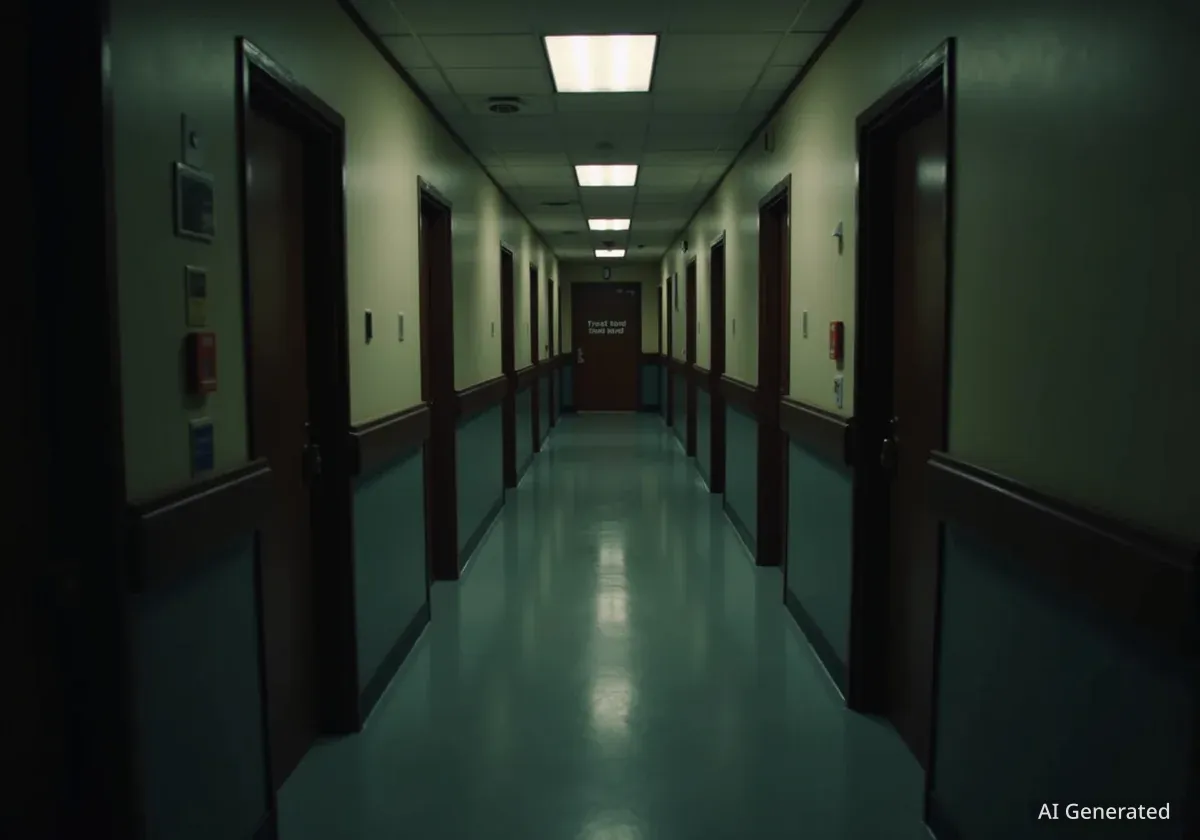Many Americans approaching retirement age consider claiming Social Security benefits as early as possible, driven by persistent fears that the program is on the verge of bankruptcy. However, financial advisors and policy experts caution that making a decision based on this fear is often a mistake, as the system's financial situation is more nuanced than commonly understood.
Key Takeaways
- Social Security is not projected to go bankrupt; it is funded by ongoing payroll taxes and has substantial reserve funds.
- A funding shortfall is projected around 2033, which, without congressional action, could lead to a benefit reduction, not a total loss.
- Even in a worst-case scenario, incoming tax revenue would still cover approximately 79% of promised benefits.
- The decision to claim benefits should be based on personal factors like health, financial need, and marital status, not on solvency fears.
Understanding Social Security's Financial Health
The core of the concern stems from the annual Social Security Trustees Report, which regularly projects a long-term funding gap. The program currently holds approximately $2.7 trillion in dedicated reserve funds. These reserves are being used to supplement incoming payroll tax revenue to ensure full benefits are paid to all recipients.
According to projections, these reserve funds are expected to be depleted around the year 2033. This event is often misinterpreted as the program running out of money entirely. However, that is not the case. Social Security will continue to collect taxes from workers and employers, providing a continuous stream of revenue.
Bankruptcy vs. Funding Shortfall
In financial terms, "bankruptcy" implies an inability to pay any of its obligations. Social Security, funded by a constant flow of payroll taxes, cannot go bankrupt in this sense. The projected issue is a shortfall, meaning that after 2033, incoming revenue will only be sufficient to pay a portion of the legislated benefits, not that it will be zero.
The Worst-Case Scenario Is Not Zero Benefits
If Congress fails to act before the trust funds are depleted, Social Security would transition to a "pay-as-you-go" system. In this scenario, the program could only pay out what it receives in real-time from tax collections.
Experts estimate that this incoming revenue would still be enough to cover about 79% of promised benefits. While a 21% reduction would be a significant financial challenge for millions of retirees, it is fundamentally different from the program collapsing and paying nothing.
Fact: Even if no legislative changes are made, Social Security is projected to be able to pay nearly 80% of scheduled benefits for decades to come using only its ongoing tax income.
The widespread belief that Congress would allow a 21% benefit cut to take effect is considered highly unlikely by most political analysts. Such a development would have severe economic and political consequences, impacting a powerful voting bloc of seniors and disabled individuals.
Why Legislative Action Is Expected
Historically, Congress has acted multiple times to ensure the long-term solvency of Social Security when similar funding challenges have arisen. The last major reforms were enacted in 1983. Lawmakers are aware of the current projections and various proposals are already under consideration.
"Neglecting to reform the program would amount to political suicide for all members of Congress, which is extremely unlikely to happen," noted Russell Gloor, a National Social Security Advisor at the AMAC Foundation.
Potential solutions to address the shortfall are well-documented and include several options that could be combined or implemented gradually:
- Slightly increasing the full retirement age over several decades.
- Modifying the formula used to calculate annual cost-of-living adjustments (COLAs).
- Adjusting the cap on earnings subject to Social Security taxes.
- Modestly increasing the Social Security payroll tax rate.
The current political climate has made bipartisan agreement difficult, but as the 2033 deadline approaches, the pressure to act will intensify significantly.
Making a Rational Claiming Decision
Since the fear of imminent collapse is unfounded, financial planners advise individuals to base their Social Security claiming decision on their unique personal circumstances. Claiming benefits at the earliest possible age, 62, results in a permanently reduced monthly payment compared to waiting until Full Retirement Age (FRA).
Key Factors to Consider
When deciding the optimal time to begin receiving benefits, individuals should carefully evaluate several key areas:
- Financial Need: Do you require the income immediately to cover essential living expenses? If so, claiming early may be a necessity, despite the lower monthly payment.
- Life Expectancy: If you are in good health and have a family history of longevity, delaying benefits can result in a significantly higher total payout over your lifetime. Waiting until age 70 maximizes your monthly benefit.
- Marital Status: Your decision can impact your spouse's future survivor benefits. The higher-earning spouse delaying their claim can provide a larger financial safety net for the surviving partner.
- Employment Status: If you plan to continue working, be aware of the Social Security Annual Earnings Test (AET). If you claim benefits before your FRA and earn above a certain annual limit, a portion of your benefits will be temporarily withheld.
Ultimately, the choice of when to claim Social Security is a complex financial decision. Acting out of fear of the system's collapse can lead to a suboptimal outcome, potentially locking in a lower monthly benefit for life. Instead, a careful assessment of personal finances, health, and long-term goals should guide this critical retirement choice.





